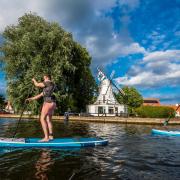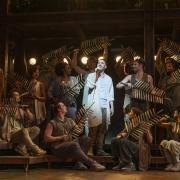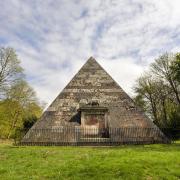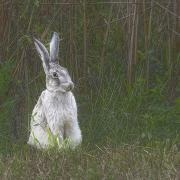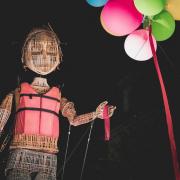Who is subject of Norwich Castle Museum’s portrait by Emma Sandys? Anthony Smith tries to unravel the puzzle
All old buildings have mysteries and Norwich Castle is no different. No doubt, if we researched we would find numerous tales of mystery within the Castle walls. But today, I have just one small mystery and, as you’d imagine, it is related to art. The mystery surrounds a truly beautiful portrait by Emma Sandys.
Really, even if you are involved in the arts, its unlikely that you would have heard of her, but you may have known of her brother, the artist Frederick Sandys, a member of the Pre-Raphaelite Brotherhood.
Emma and Frederick were Norwich-born artists. Emma was associated with the group and was greatly influenced by them in her style, subject matter, attention to detail and also in depicting an honesty and morality in her works; Pre-Raphaelite values.
Frederick left Norwich and went to London. Emma remained in the city at her home in Upper St Giles Street until her premature death in 1877 at the age of 34.
The portrait in the Norwich Castle Museum and Art Gallery is of an unknown and unnamed model. Our small mystery; is this a self-portrait of Emma?
Normally, a model or subject of a portrait study if unnamed is not a major concern as often the sitter is well-known or a prominent person in their day. After all, the cost of having a portrait painted was never insignificant and when one is faced with the quality of this portrait and the time it would taken to complete the work, it would not have been an inexpensive artwork.
Nine of Norfolk’s wonderful historic hospitals
Also, Emma has left a major hint in the work that it may have been a local person who was her model. The tapestry in the background is in the Norwich Castle collection, so we know that Emma must have sketched that in detail so as to have so accurately depicted it in the portrait.
Let us look at the model. She is probably in her mid to late 20s. Judging by her clothes, these are likely to be an homage paid to an age past… as the Pre-Raphaelites were known to do. She could be dressed as a medieval woman – that would relate very nicely to major Pre-Raphaelite artist William Morris’s The Defence of Guenevere and other poems which was set in medieval times and the inclusion of the tapestry gives more weight to this.
The model seems to be in deep introspection. Her face, attractive. Her expression melancholy at best, but there seems to be a deep sadness present. So, is this is a self portrait of Emma?
I have looked at this image and compared it to a photograph of Emma and feel it’s a different person. Also, the similarities between the model in the Norwich work with those of Viola, another portrait by Emma in the Walker Art Gallery (Liverpool), seem to suggest to me that these may be the same person.
Please do try to make time to see this wonderful portrait and compare it to the images of Emma we can find online. What do you think? u
I would like to express my thanks to Giorgia Bottinelli for her research material and Esther Morgan for their assistance in preparing my article.
Anthony Smith is the director of international art dealers asart.









